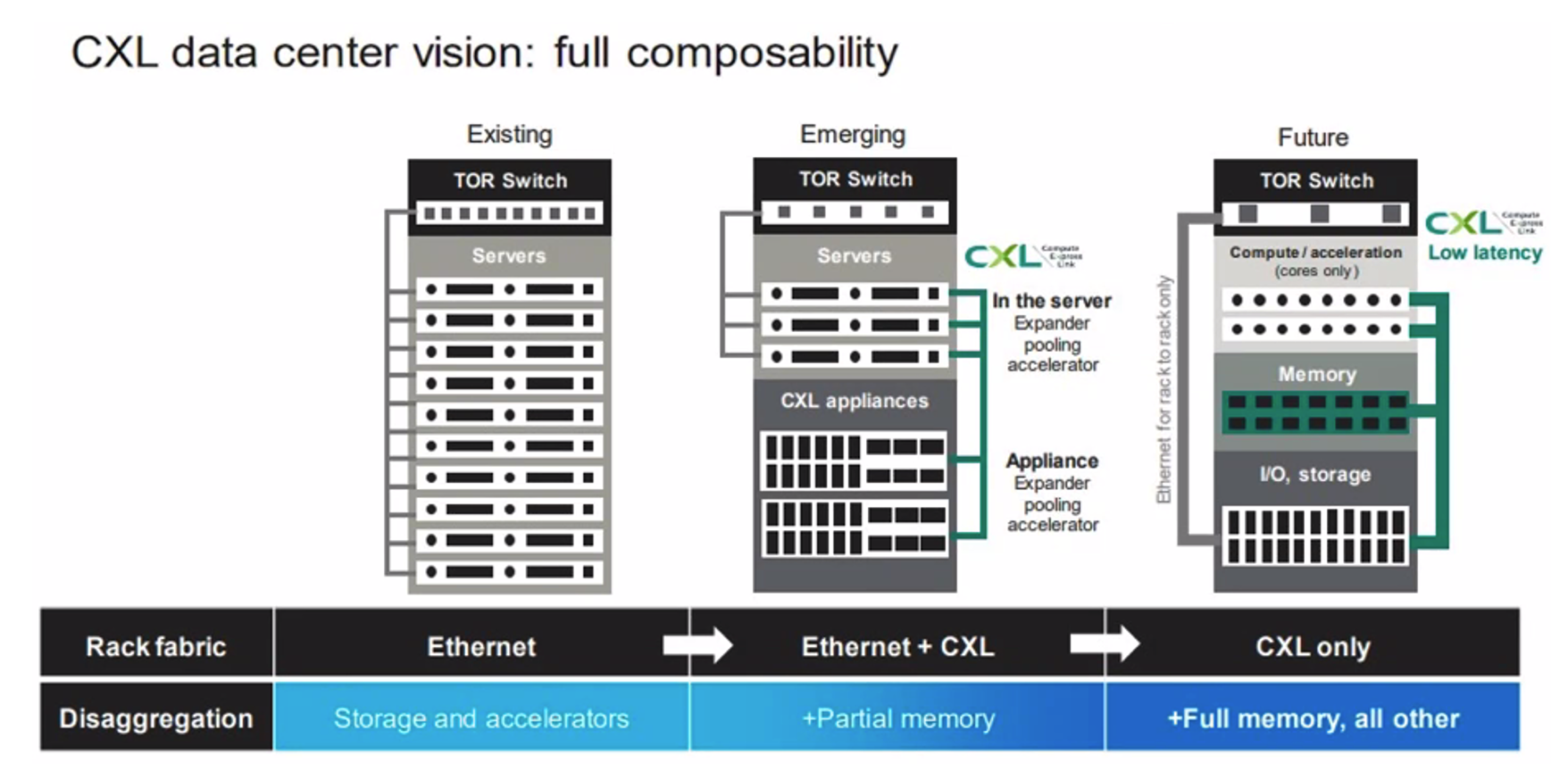Intel Optane Persistent Memory and Storage’s adoption continues to increase. This increasing adoption means that the performance of applications installed on servers will continue to improve. While there are currently only a small number of software application modifications that take full advantage of Intel Optane hardware; this number will surge over the next few years.
As companies deploy the Intel Optane storage, they will see vast improvements over the prior generations of SSD drives. There is a radical increase in IOPs and Throughput available in the Optane SSD compared to legacy SSD. There is also increased performance no matter the workload, including the consistent performance as the drives fill, which was a common problem in traditional SSDs.

Oracle Exadata
Oracle Exadata had redefined its platform to take full advantage of the Intel Optane platform. Exadata is a massively parallel processing platform, which traditionally had high east-west data transfer costs. In rearchitecting its platform using Optane Persistent Memory, Oracle was able to reduce the cost of those transfers. By moving data across the network between the compute and storage nodes, Oracle Exadata can land that data at the storage node without going through the storage stack. Because this data is written to the storage node, it is written into the persistent Intel Optane Persistent Memory instead of the hard drives. The reduced instructions, as well as reduced latency to write to memory, offers dramatic performance gain. This data can then be moved from the persisted DIMM down to the NAND-based storage at the storage nodes’ convenience.
VMware vSAN
VMware’s vSAN uses Optane SSDs within its hyper-converged storage platform. It uses Optane to make the storage on remote nodes appear local, which requires the ability to commit changes locally within Optane storage before writing the change across the network. While this operation doesn’t require a massive amount of local storage, the process does need to occur at very low latency. This is so that the performance impact of writing data across to other servers doesn’t impact any writes happening locally.
The Intel Optane P5800X SSD boasts 2M+ I/O Operations per second (IOPs) in a single Intel Optane card when working with four kilobytes (kb) read/write IOPS. When using 512-byte random read IOPs, a single P5800X device will push 4.5-5 Million IOPs at a response time of four microseconds. With VMWare’s vSAN, these storage throughput numbers are a realistic possibility. The only limit is network bandwidth rather than storage throughput.
Optane in the Cloud
The large capacity of persistent memory will make a massive difference in the cloud as cloud vendors adopt Optane technologies into their cloud platforms. Allowing this persistent memory to be allocated to virtual machines and PaaS services within the cloud allows data processing on these platforms to be much quicker than today’s cloud-based storage solutions.
With the high levels of storage performance and capacity that Optane Persistent Memory provides, cloud vendors can increase the density of serverless functions per core. This will reduce these lightweight serverless functions’ cost since they will be packed more densely per core. Achieving these density gains happens by caching the memory that the lightweight serverless functions use in Optane Persistent Memory, which allows the services to start and stop much faster and complete their work quicker.
Using Optane Persistent Memory as a storage medium for Artificial Intelligence (AI) models reduces the efficiency and cost of using those models. AI models typically use increasingly large amounts of data. Allocating DRAM to these models is expensive, if not impossible, due to the sheer model size. By moving these models to persistent Optane storage, the models can be put into the larger Optane Persistent Memory and run from this location instead of DRAM.
The Next Step for Developers
As developers optimize their software solutions for the Intel Optane family of products, throughput can only increase.
“It’s time to go innovate in the system and the software.”
–Frank Hady Fellow and Director of Storage Technology Group
The Intel Optane family of products allows for massive amounts of data to be pushed through the ethernet network, with only three storage devices needed to handle enough IO requests to fill a 100 Gig network.
The next step is to learn more about these components that can help your business and what needs to be done to adopt these into your infrastructure.




